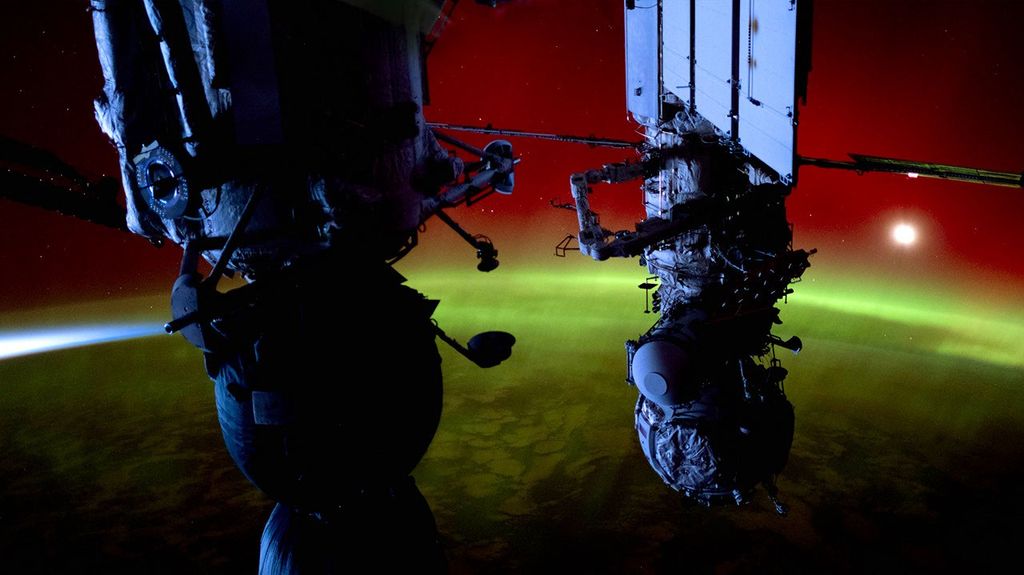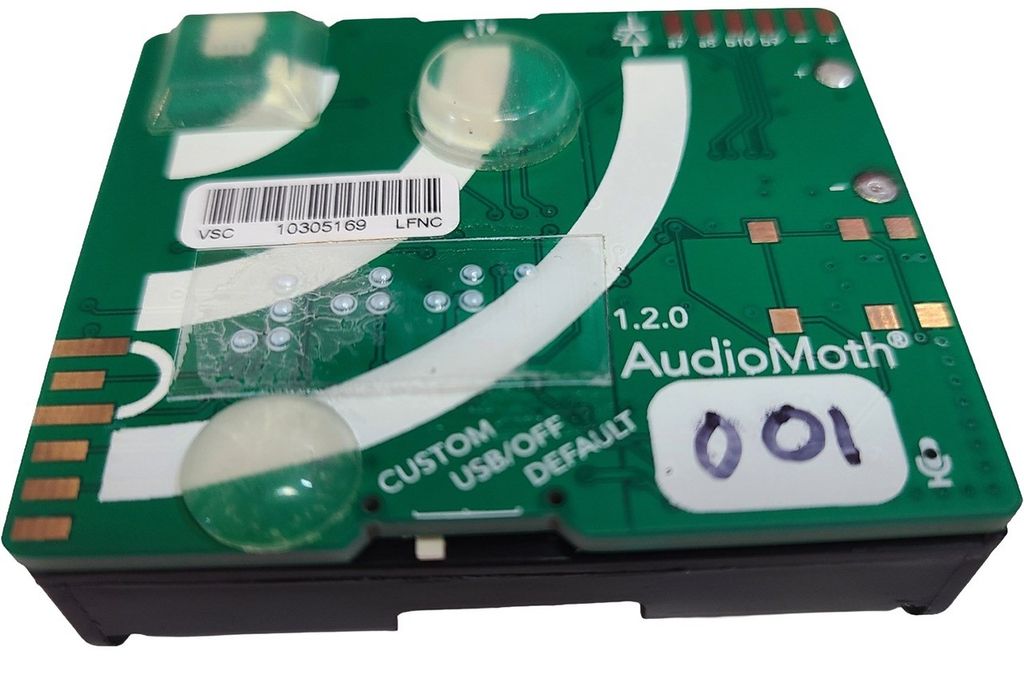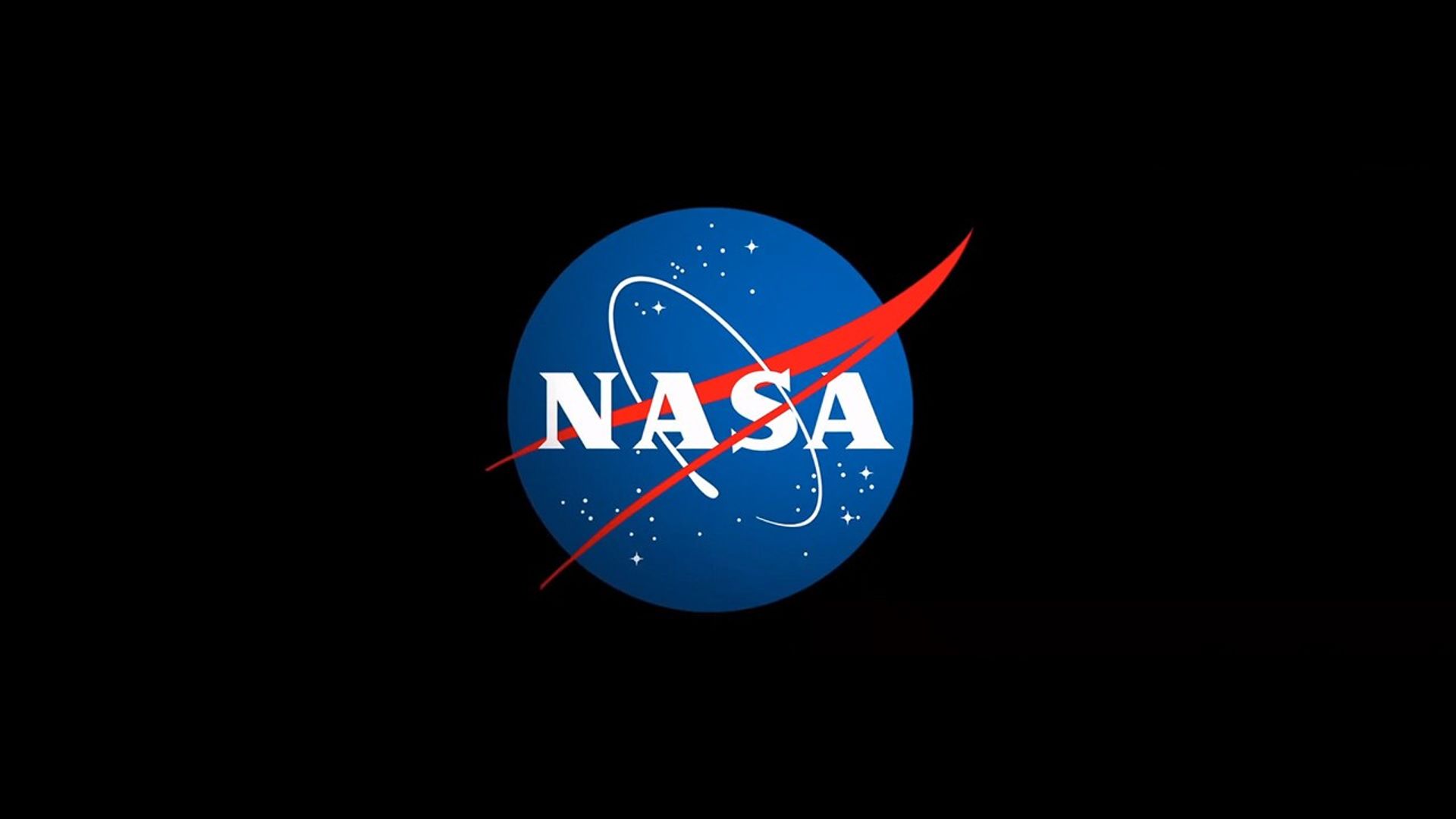Cosmic Origins
Cosmic Origins Program Analysis Group (COPAG)
The COPAG serves as a community-based, interdisciplinary forum for soliciting and coordinating community analysis and input in support of Cosmic Origin objectives and of their implications for architecture planning and activity prioritization and for future exploration. It provides findings of analyses to the NASA Astrophysics Division Director.
Executive Committee
The COPAG Executive Committee is a community-based leadership council that is responsible for providing NASA with needed analysis, as well as coordination and communication with the Cosmic Origins community.
There is a continuing call for nominations to the Cosmic Origins Program Analysis Group (COPAG) Executive Committee. Apply to the Cosmic Origins Program Analysis Group Executive Committee here.
| Name | Term | Institution |
|---|---|---|
| Shouleh Nikzad (Chair) | April 2022–October 2026 | Jet Propulsion Laboratory |
| Sabrina Stierwalt (Vice Chair) | November 2020–October 2025 | Occidental College |
| Hsiao-Wen Chen | April 2022–October 2026 | University of Chicago |
| Rachael Beaton | January 2023–October 2025 | Space Telescope Science Institute |
| Sanchayeeta Borthakur | January 2023–October 2025 | Arizona State University |
| Varsha Kulkarni | February 2024–January 2027 | University of South Carolina |
| Rana Ezzeddine | February 2024–January 2027 | University of Florida |
| Emily Witt | March 2025 – 2028 | Johns Hopkins University |
| Joaquin Vieira | March 2025 – 2028 | University of Illinois |
| Patricia Knezek (Executive Secretary, Ex-Officio) | NASA HQ | |
| Peter Kurczynski (COR Program Office, Ex-Officio) | NASA / GSFC |
Learn More
COPAG Studies
- Cosmic Origins UV/Visible Astrophysics Mission Concepts Study (2012)
- Cosmic Origins Large Mission Concept Studies (2015)
- Cosmic Origins Probe-Class Astrophysics Mission Concepts Study (2016)
Pre-Decadal 2020 Studies
- Large Ultraviolet-Optical-InfraRed (LUVOIR) Mission Study
- Origins Space Telescope (OST) Mission Study (GSFC)
- Origins Space Telescope (OST) Mission Study (IPAC)
- Habitable Exoplanet Imaging Mission (HabEx) Study
- Far-Infrared/Submillimeter Community Report (non-NASA link)
Contact Us
- Patricia Knezek
HQ Cosmic Origins Program, Program Scientist - Peter Kurczynski
Cosmic Origins Program Office, Chief Scientist
News Straight to Your Inbox
Subscribe to your community email news list
We will never share your email address.























